Below is a video clip and quotes from the New York Film Festival press conference for Julian Schnabel's
The Diving Bell and the Butterfly, which opened this past Friday. Moderating was Richard Pena from the Film Scociety of Lincoln Center, who was also on this year's selection committee.
In this clip, Schnabel discusses his strategy for directing Mathieu Amalric, who potrays Jean-Dominique Bauby, the subject of the film and the author of the memoir on which the film is based. Well, sort of. You'll see what I mean when you watch:
As you can see, Schnabel loves to talk about himself as much as his film, and while this may come across as self-aggrandizing and offputting, and perhaps justifiably so, this is entirely in keeping with all three of his features, which are artist portraits that are as much about himself as their subjects.
Below are quotes from Schnabel on the film, plucked from the sea of his rambling personal anecdotes and digressions. "Did that answer your question?" was a constant refrain as Schnabel got continually sidetracked in his responses.
"Fred Hughes, who used to work for Andy Warhol, had MS, and when Andy died, he got progressively worse, and finally ended up in his house on Lexington Avenue in a bed in the middle of his living room, like Miss Havisham. And I used to go and read to him -- he was locked in, he was inside his own body --and I used to read to him, and Darren McCormick, who was his nurse, gave me the book The Diving Bell and the Butterfly as a gift. Well, some years later, my father, who was married to my mother for sixty years, and never had been sick in his life, he had prostate cancer for awhile, but they figured he was old enough that it wouldn’t grow so quickly, so they didn’t do anything about it, but when my mom died at eighty-nine and a half, he immediately got sick. And he lived another two years, but I usually took him to Mexico for Christmas with the kids, and I couldn’t take him that year, so I called Darren McCormick and asked him if he would watch my dad and write down whatever my father said. So he stayed with my father, but the day he arrived, which was December of 2003, the script came from Kathy Kennedy, so I was very familiar with the book. When my father died, he was terrified of death, and I felt like I had failed him, because I couldn’t help him through that. And I really made this movie, I think, as a self-help device. I’ve always had a problem with death, and I think that Jean-Dominique Bauby actually helped me out a lot. I couldn’t help my dad, but I thought it could help somebody else. So I really made it for my father."
"I talked to Bernard, and he said, 'You know, Jean-Do said to me, I have been reborn as someone else.' And I think at that moment, I mean, he really felt like, okay, he was a good writer, he had a good job, he was very competent, but there was something ordinary about who he was. And he had the chance to be a great artist. And I think he might have, if he had the hubris and the chutzpah to do it, he might have said, okay, take away my body and I will be conscious, and I will look into my interior life. And I think that in a sense, when he was healthy, he was quite superficial and very normal, and I think once this happened to him, he really – you know, I know this rinpoche that can actually meditate in his dreams, you know, I can’t do that, but it’s interesting if you – Necessity is the mother of invention, I mean, all of a sudden this guy was out at this vantage point that was very, very unique, and he was able to speak back from that place, and I think he reported back some things that were able to help all of us."
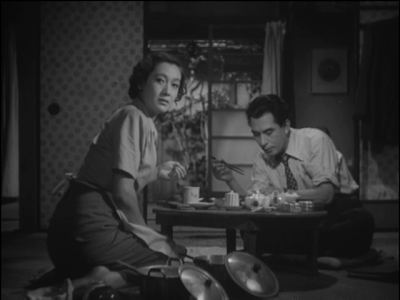.png)
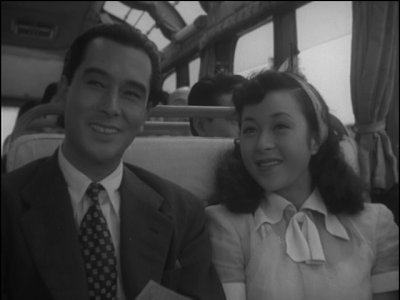.png)
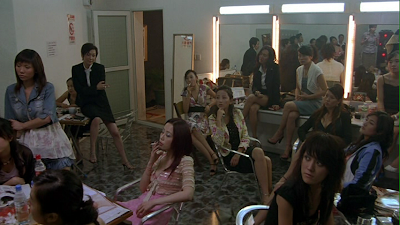.png)
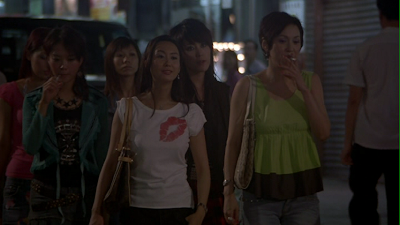.png)
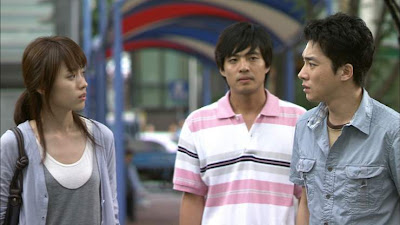.jpg)


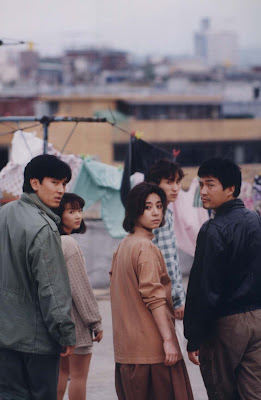.jpg)
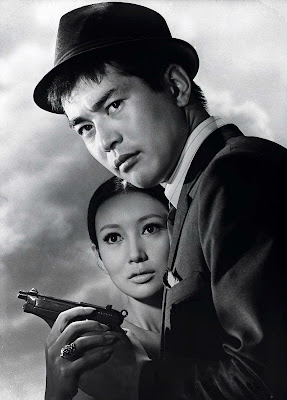.jpg)
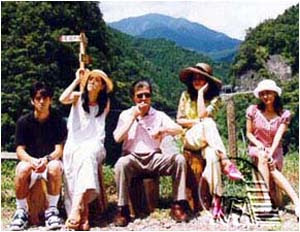.jpg)
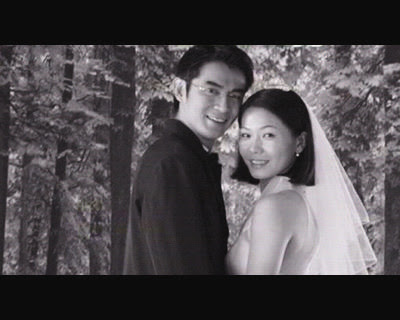.jpg_cmyk%5B1%5D+(2).jpg)






